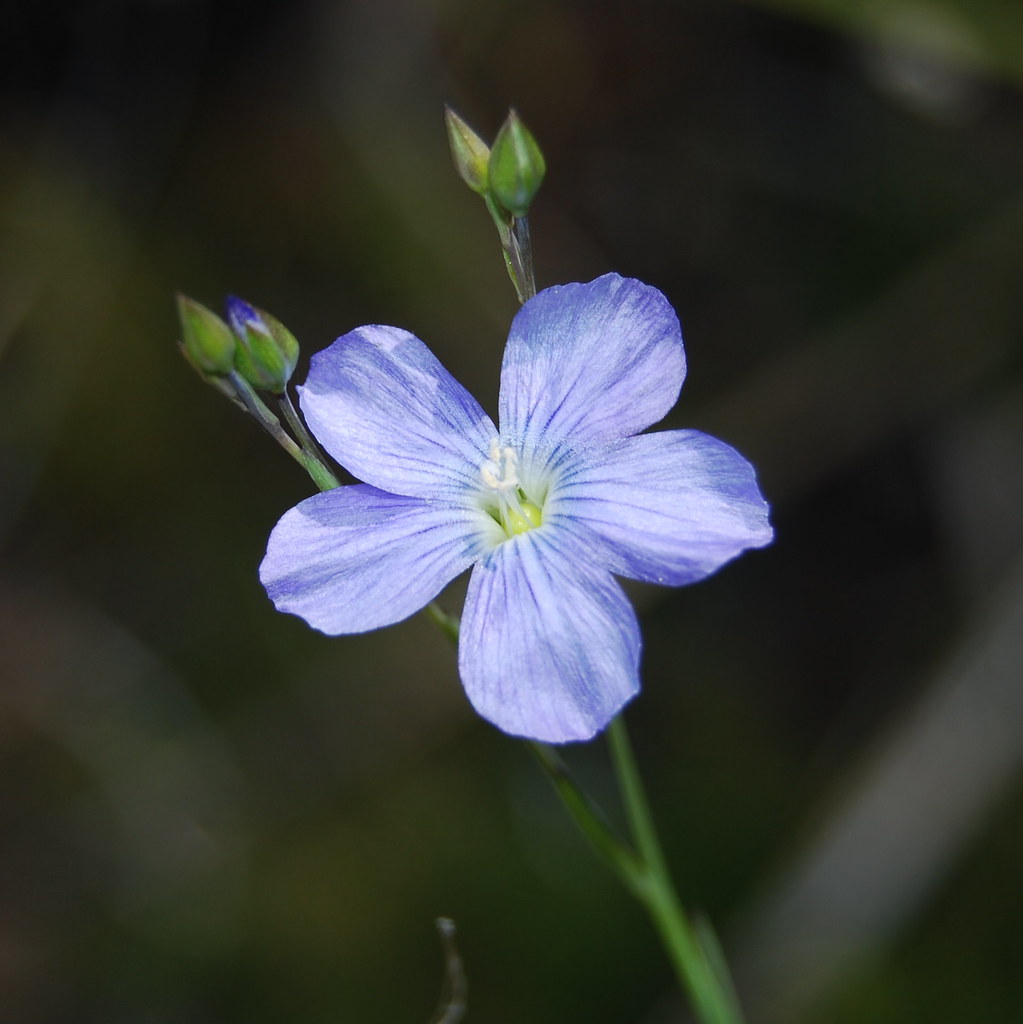| Common name | - | Satinwood |
| Latin | - | Nematolepis squamea ssp. squamea |
| Pruning | - | Has no dormant buds so pruning won't result in new growth |
| Frost tolerance | - | Very tolerant especially when mature |
| Soil | - | Grows well in moist soils with or without good drainage |
| Watering | - | Keep moist, does not tolerate dry conditions |
| Flowers | - | White flowers in spring |
| Summer | - | |
| Autumn | - | |
| Winter | - | |
| Spring | - | |
| Fertilising | - | Annually after flowering but not really needed |
| Propagation | - | Difficult to propagate from seed. Cuttings strike well from current season's growth |
An attractive large shrub or small tree to 5 metres. Satinwood has dark green leaves with silver undersides and clusters of white flowers in spring. Widespread in wet forests and along riverbanks where it prefers partial shade.









